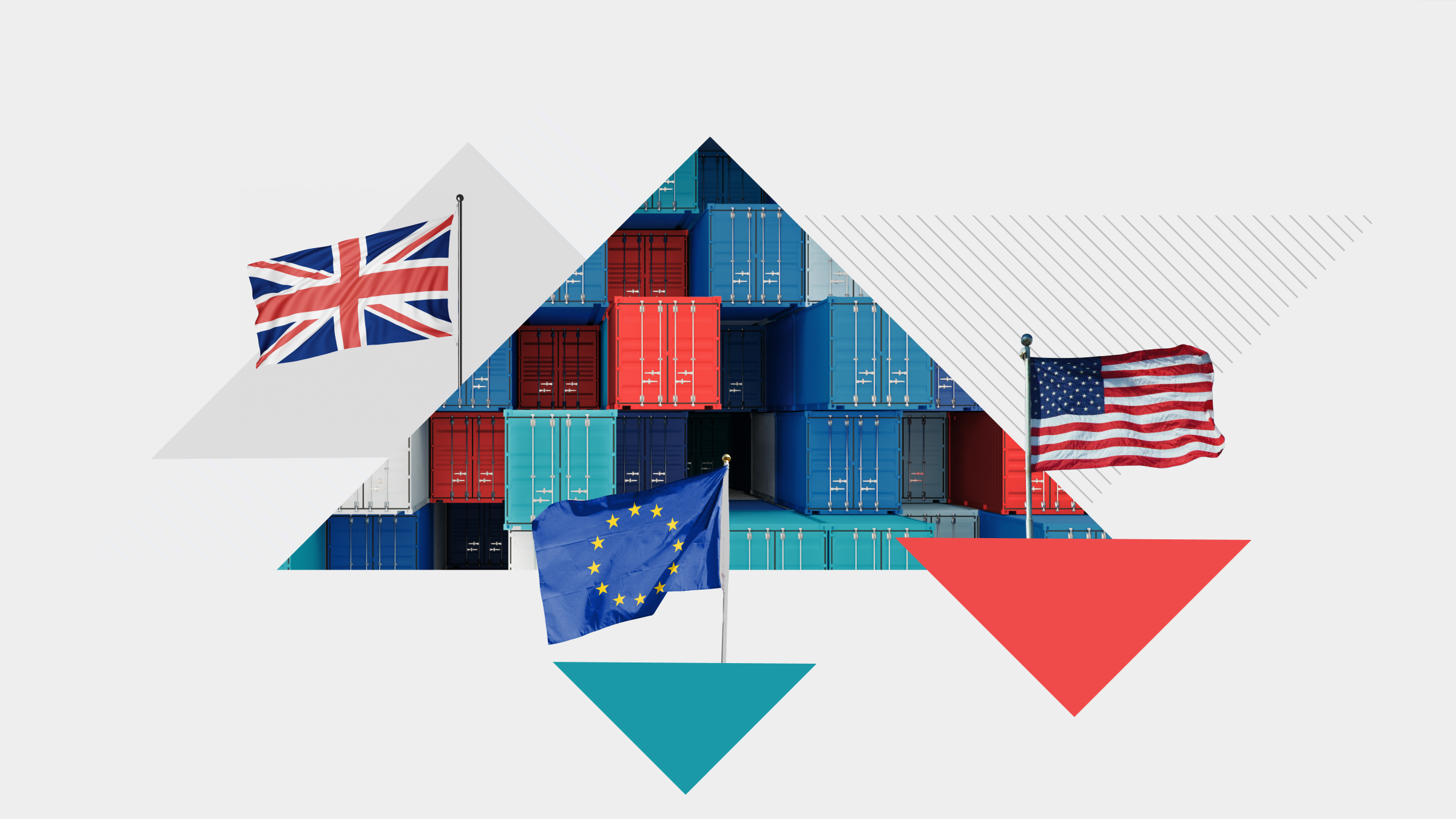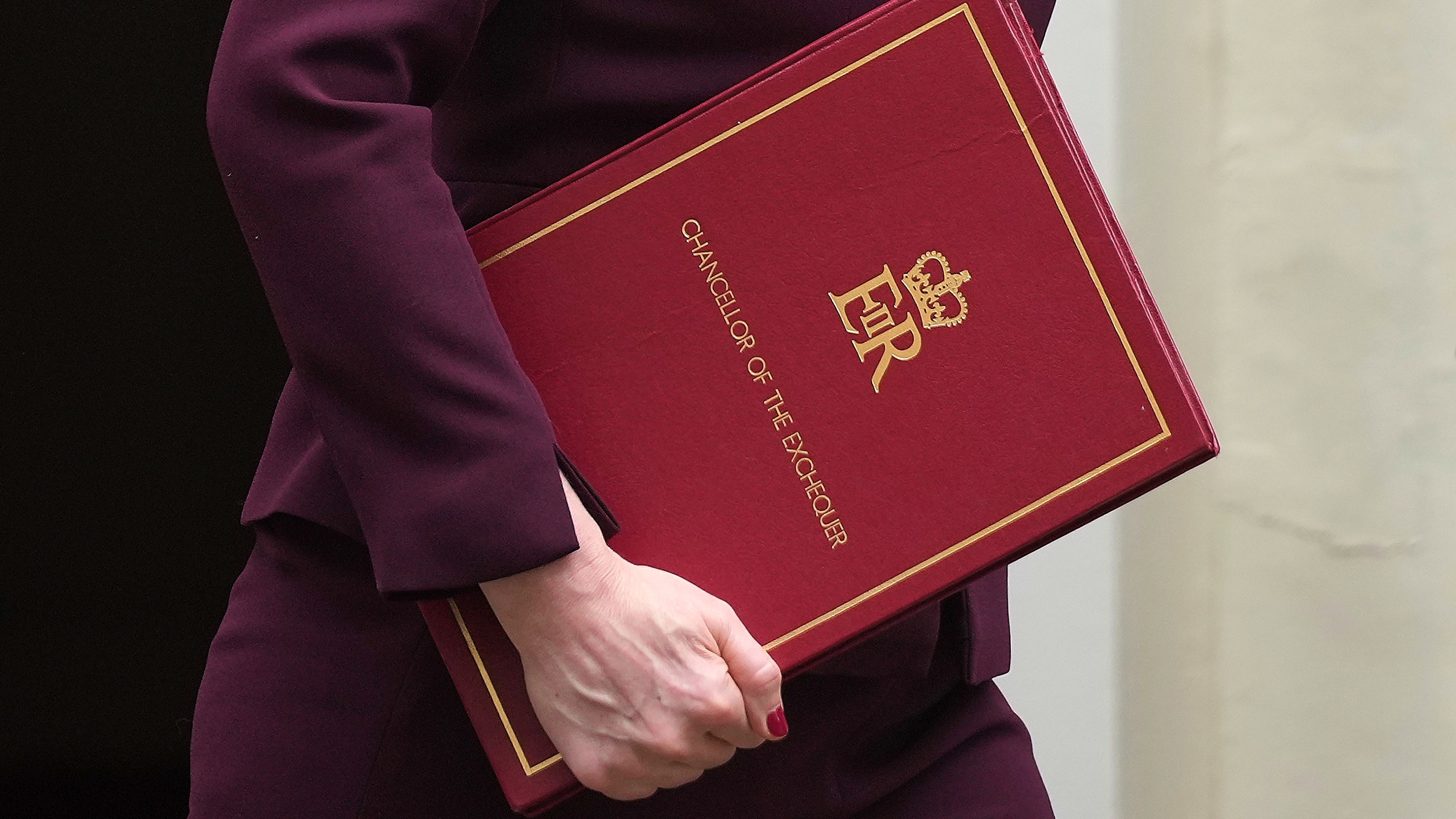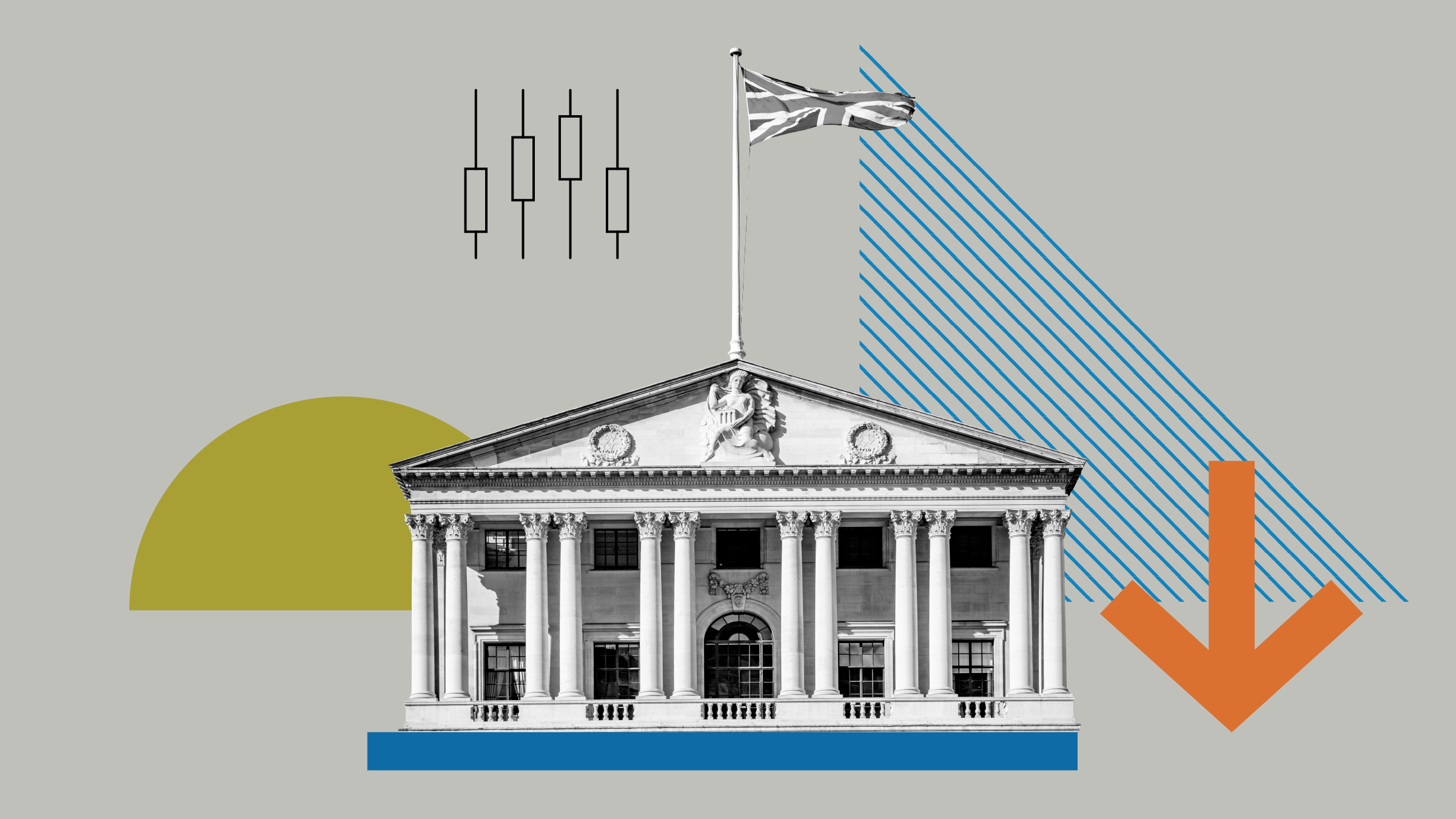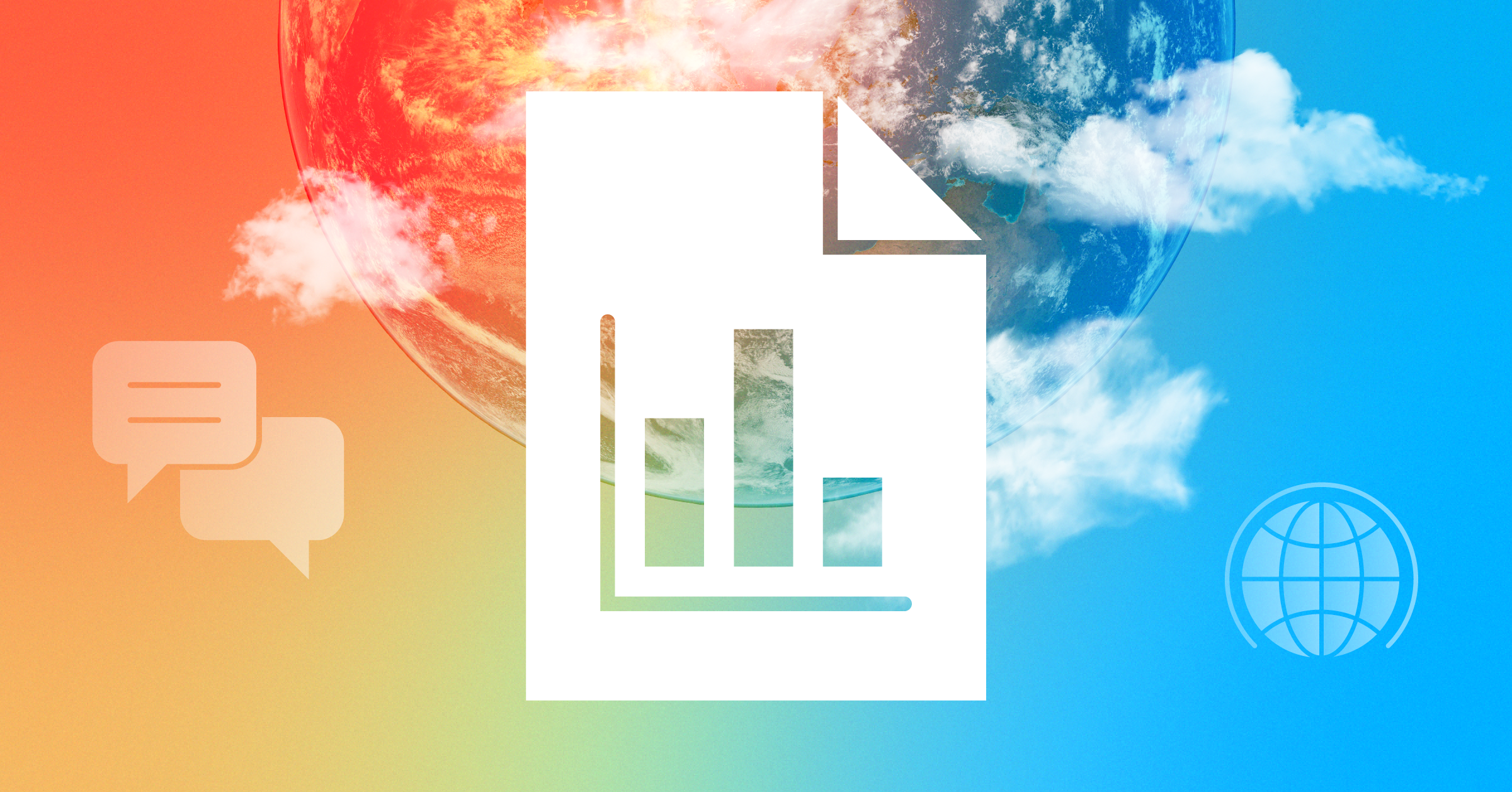
Morningstar equity analysts have raised their fair value estimate for FTSE 100 oil firm BP (BP.) from 500p to 530p on higher oil price forecasts and favourable exchange rates. Shares hit an eight-year high yesterday as the oil giant carried its positive momentum from 2017 into the new year and reported strong first-quarter 2018 results, supported by high production growth on the upstream and positive contribution from US refining.
Total underlying profits grew to $2.6 billion from $1.5 billion and cash flow from operations came in at $5.4 billion versus $4.4 billion compared with last year, both excluding Gulf of Mexico oil spill settlements.
For the full year we expect continued strong production growth from the upstream division as a further five projects are scheduled to come on stream.
For oil, we assume Brent prices of $71 per barrel in 2018, $68 in 2019, and $63 in 2020. Our long-term oil-price assumption is $60 and starts in 2021. We forecast BP’s production to grow 4% on average during the next five years. The strong growth outlook marks a change from the past several years, when divestitures and field decline resulted in falling volumes. BP plans to add 800 million barrels of oil equivalent (mboe) of gross production capacity by year-end 2020. We forecast downstream earnings to increase thanks to cost improvements in refining and investments in marketing expansion.
Deepwater Horizon Liabilities Covered
The settlement reached with the US federal government and Gulf states in 2016 was a major step for BP in putting the 2010 Deepwater Horizon accident behind it. While BP remains on the hook for $23 billion, to be paid over the next 17 years, the recognition of a reliable estimate for all remaining liabilities removes a key element of uncertainty for the company.
With outlays of about $3 billion due in 2018, $2 billion in 2019, and about $1.0 billion per year thereafter, BP should be able to meet its liabilities with proceeds from targeted asset sales of $2 billion-$3 billion per year, which we view as a rather low hurdle.
With that issue largely settled, BP is now turning its focus to positioning the company to compete in a world of lower oil prices. Its first step is to improve its cost structure and reduce its capital outlays so that it can cover its dividend at $50 per barrel of oil in 2018. Beyond then, we expect break-even levels to continue trending downward to below $50 by 2021.
BP has already realised cost reductions of $7 billion, or 20%, from 2014 levels, primarily in the upstream segment, where it reduced the workforce by a third. With the firm already one of the lower-cost producers of its peer group, the cost reductions will improve margins further.






























